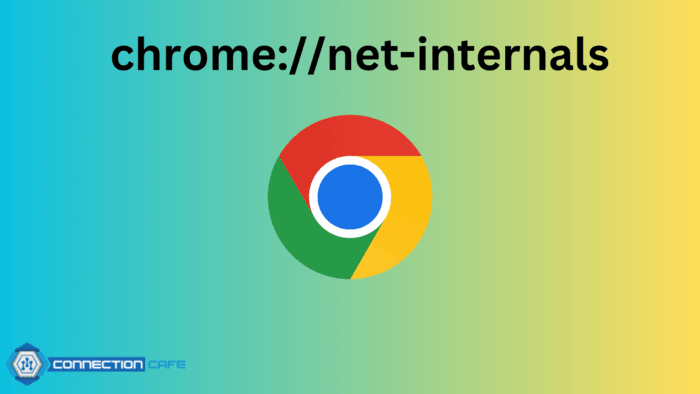It seems Google Chrome caches DNS entries, and I’m noticing outdated ones on my Linux and macOS machines. Is there a way to clear Chrome’s DNS cache specifically, without closing the entire browser?
To optimize browsing performance, Google Chrome employs its own built-in DNS cache to store website address lookups. This cache can become outdated over time, potentially causing you to see older versions of websites.
Fortunately, Chrome provides a straightforward way to manually clear this cache, ensuring you’re always accessing the most recent website content.
To flush the DNS cache on Google Chrome browser, follow these steps:
- In Chrome, open a new tab.
- Navigate to chrome://net-internals/#dns by pasting this address in the search bar.
- Click the button labeled “Clear host cache” to flush the DNS cache.
- (Optional) To clear socket connections, open another tab and navigate to chrome://net-internals/#sockets. Click the “Flush socket pools” button.
- Once finished, you can close the Chrome tab you used for these steps.
In the most recent version of Google Chrome:
- You might also need to flush socket pools:
- Start by opening a new tab and entering the following in the search box:
chrome://net-internals/#sockets
- Select “Flush socket pools”:
What does DNS Cache do?
The DNS cache acts like a handy memory for websites you visit often, speeding up your browsing experience. It can even let you access familiar sites when main DNS servers are unavailable.
However, this cached information can become outdated if a website’s address changes or network issues arise. Clearing the DNS cache ensures you’re always reaching the most current version of a website.
What does flushing the DNS cache mean exactly?
DNS cache flushing involves removing stored DNS entries in Google Chrome. After flushing, Google Chrome will request new IP addresses and DNS information for the websites.
Clear or flush the DNS cache on MS Windows 7/8/10/11
Open Command Prompt by pressing the Windows Key, typing “Command Prompt,” and then right-clicking the application to select “Run as Administrator.”
ipconfig /flushdns
Flushing the DNS cache on Linux
Launch the terminal and enter the service command or systemctl command:
sudo service network-manager restart
Clearing the DNS cache on Apple macOS
Launch the Terminal app and enter:
sudo dscacheutil -flushcache
sudo killall -HUP mDNSResponder
How to check if DNS has been flushed or not
Run the nslookup command on your Windows, Linux, macOS, or Unix computer. In Windows 10/11, open the command prompt and enter nslookup as shown:
nslookup yahoo.com
nslookup nixcraft.com
Unix, macOS, and Linux users can use the dig or host command like this:
host www.cyberciti.biz
dig google.com
Conclusion
Congratulations, you’ve become a DNS cache-clearing pro in Google Chrome! The handy method you just learned applies not only to Chrome but also to other browsers built on Chromium, the open-source project that forms the foundation for Chrome.
So, if you use browsers like Microsoft Edge or Brave, these same steps will clear their DNS caches as well, letting you enjoy the benefits of a fresh start across your favorite browsers on Windows, macOS, and Linux machines.




